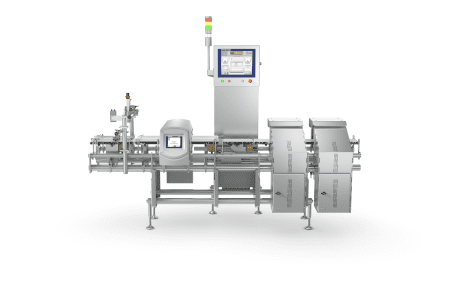As bakers are expecting more advanced technologies to improve their production rate, therefore this feature assess how ovens are adapting to meet demands.
When many people think of the idea of baking and or a bakery, they tend to focus on the ingredients and the final product. Even though these factors are vital in the creation of beautiful food goods, many fail to notice the vital importance technology plays in enabling these items to come into fruition. The reality is that many of these products would cease to exist without certain mixers, conveyors and more. One of the most important technological machines in the bakery sector is the bakery oven. Ovens not only make a product safe to eat, but also create a refreshing texture, and delicious aroma. Ovens allow for baked goods to rise to the perfect amount and ensure that the taste of the product is maintained. If variables around the foods and ovens are not regulated, then the goods can potentially be completely ruined. In turn, the bakery process completely relies on the managed chemical reactions that occur in ovens. Ovens are continuously adapting to ensure that products can match certain consumer demands, therefore this article wishes to understand what ovens are used by bakers and assess what innovations are occurring and new ovens emerging to help bakery companies.
What is an oven and its history?
Before we look at new oven innovations, let’s get to grips with the basics of ovens and how they work on the production line. Firstly, what is an oven? A simple question that many know already, an oven is defined as an enclosed cavity where dough or batter is surrounded by a hot environment and becomes baked and transformed into bread, cookies, and other items. Ovens use energy generation sources, like gas, oil, or electricity, all of which are combustion fuels. The released energy from these sources is transferred to the products by means of radiation, conduction, and/or convection. The oven sets and maintains the proper conditions of heat flux, humidity, and temperature to carry out the baking process and the removal of moisture from the products.
Many consider ovens to be the most important processing step in the bakery process because it is basically the workhouse of the bakery. The production output of a bakery is usually controlled by the capacity of the oven. Also, heat and mass transfer phenomena both take place inside the oven, triggering a physiochemical and biological reaction which allows the items to be cooked perfectly. Baking in the oven also adds crucial final steps to a product that improves on shelf life, flavour, colour and aroma. Finally, and most importantly, it is a crucial step that kills pathogens that live within certain products. Most baking products contain eggs, which may carry salmonella. The Centre for Disease Control notes that, “1 in every 20,000 eggs contain salmonella” and when infected, an individual can, “experience diarrhea, fever, abdominal cramps, vomiting and nausea.” Overall ovens ensure safety which is an important requirement for all manufacturers in order to meet food safety standards.
Read more of the article here: January/February 2022 Single Issue form – International Bakery (in-bakery.com)
Media contact
Roshini Bains
Editor, International Bakery
Tel: +44 (0) 1622 823 922
Email: editor@in-bakery.com






